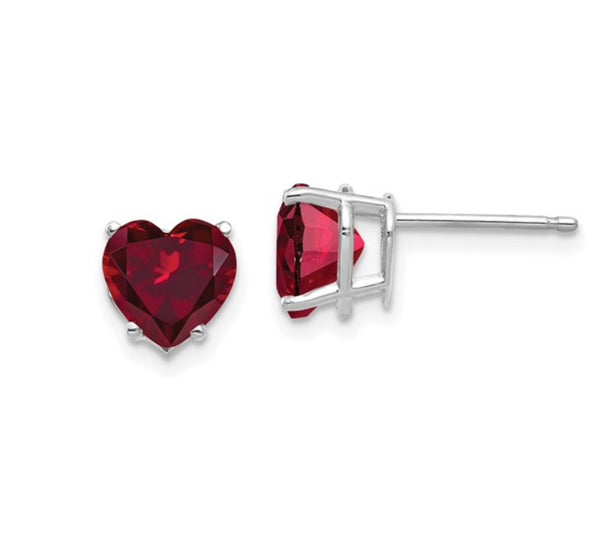
Color is a sensation and it is a human nature to be attracted to different colors. Fashionable, well-cut, colored stones are very popular today in the jewelry industry. Natural colored stones, lab-grown colored stones, treated colored stones and colored diamonds— the gemstones of very wide color ranges are more available and affordable then in the past years due to advanced technology.
How to choose the right stone and what to look for when shopping for the engagement rings?
What is a colored stone?
Whether gems are destined for the high-end or commercial market, their ultimate price still depends on availability, rarity, and demand.
The colored stone formal definition is that it is any gem other then a diamond. The diamond is a category by itself. The colored diamond doesn’t not considered to be a colored stone. However, some colored stones can be included in diamonds as inclusions ( some colored stone examples that can be included in diamonds are garnets and sapphires ). Both diamonds and colored stones are natural samples of the Earth that hold clues to its complex geological history. Unlike diamonds, that form deep within the Earth mantle (which is inaccessible to us) , colored stones form in the crust of the Earth.
Most colored stones are minerals: natural, inorganic materials with specific chemical composition. All gems posses different traits of rarity, durability and beauty. Color is the most important aspect for colored stone visual appearance.
Diamond market vs Colored stone market
The colored stoned market is more diverse and less centralized then the diamond market. And while the colored stone market is always changing, the diamond market is fairly stable. Most people would say that diamond is the most desirable gemstone to own and wear. Colored diamonds are in high demand when it comes to engagement rings, because of their rarity and value.
Cultural preferences
Traditionally, in Japan and Western societies, the gemstones in engagement and wedding rings are mostly diamonds. De Beers has successfully promoted this idea for decades. However, the history of the first engagement ring with a diamond goes back to the 14 century when diamonds were extremely rare and available only to the wealthiest people.
The diamond wasn’t the only choice in engagement rings for the most affluent, when the cluster ring came into play in the 17 century. The colored stones became popular as a way to flaunt the wealth with rubies and sapphires.
The emergence of the colored stones was documented also in the end of 1940-1950 after the World War II. Most couples were choosing low budget engagement rings or simple wedding bands without any stones.
Modern day engagement rings offer all kind alternatives to the diamond as well. Celebrity engagement rings play a huge influence in this trend. In 1981 Prince Charles and Princess Diana attracted international media attention when Diana wore a sapphire engagement ring. The colored stone engagement ring honored a British royal tradition, and couples worldwide followed the couple’s lead. Their son, Prince William, inherited Diana’s ring and presented it to his fiancée, Kate Middleton (Duchess of Cambridge), when they became engaged in 2010.
2021 trends
There are no rules to what gemstone goes into engagement ring today, as long as it keeps that ancient tradition and the symbolism that engagement ring represents. Just keep in mind:
1. A gem must be beautiful, well-cut and durable
2. Round brilliant cut will always remain timeless because of it’s capacity to maximize the light return
3. Gems in rings have to be fairly hard, because they are exposed to more potential damage, then earrings and necklaces. The best and most durable stones for engagement rings are diamonds, sapphires and rubies. They can withstand being worn every day.
4. Green, blue, violet gems look their best under the fluorescent lighting found in most offices.
5. Red, orange, yellow gems show their colors best in incandescent light, like candlelight, a regular lamp, or sun rays at sunset.
Lab-grown colored stones, lab-grown diamonds and treated diamonds.
Lab-grown gems have been as much a part of modern times as cell phones. Lab-grown gem is a laboratory creation with the same chemical composition, crystal structure and properties as its natural counterpart. Only geologist can identify the difference between the natural and lab grown stone. The examples of lab-grown stones include diamonds, colored diamonds, sapphires, rubies, emeralds and others.
It is important to know that in order to improve gem’s appearance and to make it more valuable and marketable, some gems undergo treatments such as bleaching, heating, fracture filling, irradiation and others. These processes either yield non-permanent results or require special care, but they make gems of wide range of desirable colors more available and affordable in the jewelry industry. However, the seller must make full disclosure to the buyer at the point of purchase of such treatments.

